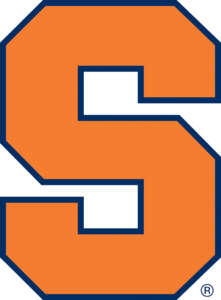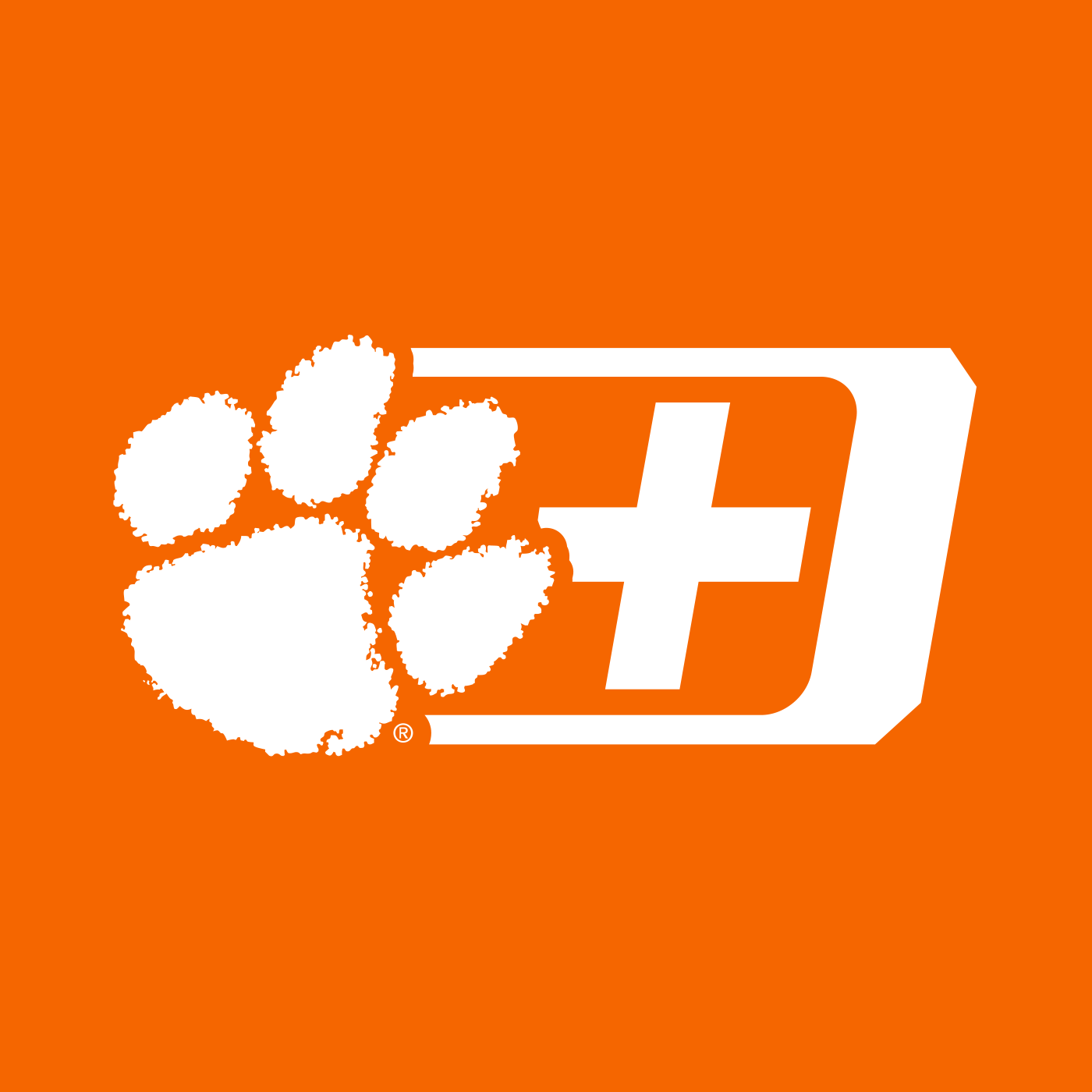Nov. 4, 2010
Freedom is not free.
That is a very powerful and meaningful statement. The price of this freedom is paid by the sacrifice, and sometimes lives, of brave men and women.
Clemson’s football stadium was named Memorial Stadium in 1942 as a tribute to Clemson students who made the ultimate sacrifice in service to the United States. An additional memorial, named the Scroll of Honor Memorial and completed this past spring, is located across the street on the east end of the stadium. It stands as a reminder as to why it was named Memorial Stadium and is a permanent epitaph to those who have laid down their lives to preserve the freedom we enjoy today.
A famous United States General once wrote to his wife, “What a cruel thing is war…to separate and destroy families and friends and mar the purest joys and happiness God has granted us in this world…to fill our hearts with hatred instead of love for our neighbors and to devastate the fair face of this beautiful world.”
War, no matter how fought or when fought, always has devastating circumstances. At Clemson, 478 students and graduates have been killed in this nation’s wars and in peacetime operations. From World War I to the present, the Clemson family has lost members who served so bravely and courageously.
Clemson has had a long and rich military tradition by answering the call when needed by the military. In the early years, the Board of Trustees decided that Clemson would use a system of military discipline modeled after Mississippi State, as most land-grant colleges of the time did. Students were required to wear uniforms they purchased. The Board of Trustees asked the War Department for the detail of an officer to act as Commandant, responsible for life of cadets outside of the classroom.
Some proud military moments in Clemson history include: In 1917, the entire senior class sent President Woodrow Wilson a telegram, volunteering its services to the United States’ World War I effort. During World War II, Clemson supplied more Army officers than any other institution except West Point and Texas A&M. Clemson also had the largest infantry ROTC in the country.
In 1955, the Corps of Cadets was officially abolished and the student body became civilian. ROTC was compulsory for the freshman and sophomore years until 1969-70, when it became voluntary.
The 478 Clemson students and graduates who lost their lives during their duty of serving our country are listed at the Scroll of Honor Memorial, as their names are etched in stone and laid respectively and neatly at the foot of a mound.
Here is a closer look at four former Clemson student-athletes who lost their lives serving our country.
Jimmie Dyess One such brave soldier was Jimmie Dyess. Dyess was on the Clemson football team in the late 1920s, and he holds the distinction of being the only person ever to have received both the Congressional Medal of Honor and the Carnegie Medal.
Dyess was the third of four children and was born on January 11, 1909 in Augusta, GA. At 6’1″ and 190 pounds, he was the starting end on the freshman football team in 1927. He later made the varsity squad as a lineman during his sophomore and junior years.
He was a letterman on Clemson’s 1929 team that finished with an 8-3 record. But towards the end of that year, his junior season, Dyess suffered a serious knee injury that would prevent him from playing as a senior. Therefore, he shifted his focus to the rifle team, where he was the captain and an accomplished marksman.
On July 13, 1928, he was vacationing with his family at a beach on Sullivan’s Island, SC when a storm rolled in, bringing high winds and waves. He came upon a group of on-lookers as one woman, Barbara Muller, was attempting to rescue another, Roscoe Holley, who had been swept out to sea.
Upon realizing the situation, Dyess immediately went into the water after the two women, who had been carried out as far as 200 yards. Dyess was not an experienced swimmer or accustomed to such rough currents. After several minutes of near doom, Dyess helped the two women to shore, after which he gave further assistance in aiding their resuscitation.
Dyess received the Carnegie Medal for his heroism that day, an award that is given to heroic Americans and Canadians who, at risk to their own lives, save or attempt to save the life of another. It is America’s highest award for heroism by civilians, and it was presented to Dyess in 1929. Dyess always gave credit to Muller, who also earned the Carnegie Medal, for diving in first after Holley.
The Augusta, GA native, nicknamed “Big Red,” was a Marine Corps reservist called to active duty in 1940. On February 1, 1944, he led his men in the 4th Marine Division during battle at Green Beach on Roi-Namur, one of the Marshall Islands.
At the end of the first day of combat, Lt. Col. Dyess broke through enemy lines and braved gunfire to rescue some wounded men. That effort earned him a posthumous Medal of Honor.
Frank Pokrop of Milwaukee, WI was one of the men Dyess saved that day. After a particularly brutal fight, Pokrop, then an 18-year-old corporal, was ordered to take a patrol of men through the thick jungles of Roi-Namur.
Traveling in a diamond formation, the men marched across Japanese lines and moved until the lead man was cut down by rifle fire.
“Except for one, every man in that patrol was either wounded or killed,” recalled Pokrop.
“The patrol was pinned down by heavy machine gunfire, most of it coming from the left,” said Pokrop.
But just before dark, their salvation came.
“I looked to the right and I saw Col. Dyess leading a halftrack and his men,” stated Pokrop.
Although the Japanese fired at Dyess and his troops, “he never wavered a bit,” remembered Pokrop. “He never moved, except to direct fire.”
Closing in on the remaining Japanese military on the second day, Dyess maneuvered troops and tanks inland. Around 10:45 PM on February 2, Dyess was struck by a bullet in the head, killing him instantly as he tried to observe the enemy’s positions and how to direct fire against them.
Dyess left behind a 32-year-old wife and an eight-year-old daughter.
Ben McKnight & John McKnight The tragedy of losing a set of brothers struck the Clemson Family, as Ben McKnight (left) and John McKnight (right) of Kannapolis, NC were killed in World War II shortly after graduating from Clemson.
The McKnight brothers were also stalwart members of the Clemson swimming team that captured the 1939 Southern Conference Championship.
They were only 10 months apart in age, with John being the oldest. They were the sons of Mr. and Mrs. T.C. McKnight of Elkin, NC. Their father was an administrator at the YMCA in Kannapolis. Both Ben and John practically grew up in the Cannon Memorial Y, and Ben wanted to work at a YMCA when he returned home. Both graduated from Cannon High School before enrolling at Clemson.
Ben majored in general science, was co-captain of the swimming team, and graduated from Clemson in 1941. As a first lieutenant in the Army, he was in the 128th Infantry Regiment, 32nd Infantry (“Red Arrow”) Division.
Ben participated in the Papua Campaign. Initially, his unit blocked the Japanese advance down the Kokoda Trail. He led in the Battle of the Buna-Gona beachhead beginning on November 19, 1942.
Ben was killed in action on December 26, 1942 during the Battle of Buna mission. He was awarded the Combat Infantry Badge, Bronze Star Medal, Purple Heart, American Campaign Medal, Asiatic-Pacific Campaign Medal with Bronze Service Star, and the World War II Victory Medal. His parents had just received a letter from Ben before receiving the news of his death.
John graduated in 1940 with a degree in general science. He was also on the swimming team during his time at Clemson. As a captain, he was in the transportation corps. He was killed after suffering non-battle injuries in Germany on May 28, 1945.
Both Ben and John were buried in Columbia, SC at a double-funeral service on December 11, 1948. They had one sister, Julia Ann (Elkin, NC).
Gary Pace Gary Pace was a member of the Clemson soccer team in 1967, 1968, and 1969. He was a Second-Team All-ACC selection and is sixth on the school’s career list for saves (234). He is second in the Clemson recordbook for saves in a season (124) despite playing only 12 games. He is also first in saves per game (10.33) in a season (1969).
At Clemson, he was in the Army ROTC, the society of American Engineers, and American Society of Civil Engineers, as he graduated with a degree in civil engineering. The Easley, SC native served in Vietnam in Unit B Company, 31st Engineer Battalion, 159th Engineer Group, 20th Engineer Brigade, U.S. Army as a lieutenant.
Pace was killed in action against a hostile force on March 30, 1971, when enemy sappers attacked a fire support base named Lanyard, west of Tay Ninh City, Tay Ninh Province, South Vietnam near the Cambodian border. Nine engineers were wounded, and three of them were on the ground, helpless and out in the open.
“Fearing that his men were open targets, Gary Pace put his dedication to his men above his own safety and went to their aid,” said Tom Colaiezzi, a fellow soldier.
“In the process, Gary was hit with small-arms fire from the sappers and was killed instantly. By firing at Gary, the sappers gave away their position and the engineers quickly eliminated them before they could do further damage. Gary was the only American soldier killed in that attack on Lanyard. If not for his efforts, the three wounded engineers and many others would surely have died.
“Gary was not a part of the 32nd Artillery, but his name became a part of our history. After his death, it was decided that the new fire base would be named FSB Pace in his honor. Gary made the ultimate sacrifice and gave honor to his oath as an officer by putting the well-being of his men above all else. First Lt. Gary L. Pace was posthumously awarded the Silver Star.”
For his heroism, Pace was awarded the Bronze Star, Purple Heart, National Defense Service Medal, Vietnam Service Medal, Republic of Vietnam Gallantry Cross Unit Citation with Palm, and Republic of Vietnam Campaign Medal along with the Silver Star.
He left behind a wife, Patricia Keller Pace (Lancaster, PA).
The late I.M. Ibrahim, Pace’s former soccer coach at Clemson, once recalled Pace and his sacrifice. “Gary was my first goalkeeper,” said Ibrahim, who coached the Tigers from 1967-94. “He was brave and I was so sad to hear of his death. It was so sad…Gary was a good man.”
In the April 7, 1944 edition of Clemson’s student newspaper (The Tiger), student Roy Pearce wrote, “It made me sad to read the honor roll…all were great men and we’ll never let them down, never!”
As evidence of the Scroll of Honor Memorial, which is located adjacent to Memorial Stadium on Williamson Road, we will never forget the supreme sacrifice those brave soldiers made so that we may experience the precious gifts of freedom and liberty that we enjoy in America today. To learn more about these heroes and the Scroll of Honor, log on to CUAlumni.Clemson.edu/ScrollOfHonor.
 Duke
Duke 
 Florida State
Florida State  Louisville
Louisville  Furman
Furman  South Carolina
South Carolina  LSU
LSU  Troy
Troy  Georgia Tech
Georgia Tech  Syracuse
Syracuse  North Carolina
North Carolina  Boston College
Boston College  SMU
SMU 






